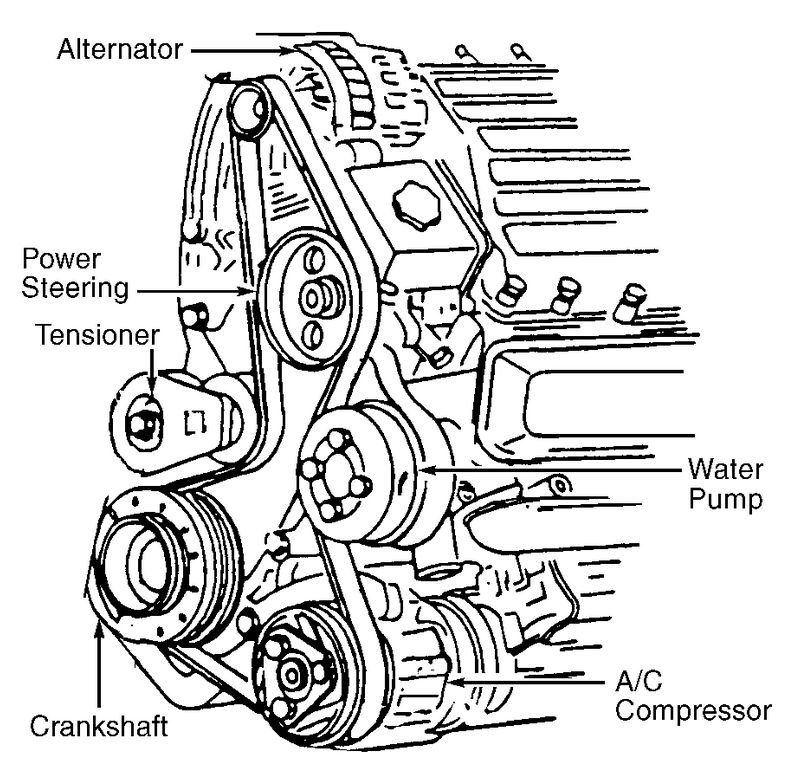Thank you for including so much detail. My first thought was for the thermostat, and it still might be something to consider. I had a similar problem with my 1988 Grand Caravan, but it started to act up five years after I replaced the thermostat. The problem was caused by the heat being developed "over here" in the engine, which is where the temperature sensor for the dash gauge sits, while the thermostat is "over there", somewhat removed from where the high temperature is showing up. By the time the heat has migrated over to the thermostat and causing it to open, the dash gauge is already showing the "hot" condition. In my case, the thermostat would finally open, then the coolant would start to circulate and the cold coolant in the radiator came rushing into the engine. That caused the gauge to drop to "cold", then it started to rise again. The temperature stabilized after doing that four or five times.
The fix for this was to remove the thermostat and drill a 1/16" bleed hole in it. Many import thermostats already have that hole in them. That lets coolant circulate very slowly from where the heat is generated to the thermostat, so it will open at the right time. Why this happened to mine after five years, I do not know, but your symptoms suggest this could be a solution.
Also, consider that a leaking cylinder head gasket can do this too. That can allow combustion gases to get into the cooling system where it can pool under the thermostat. Thermostats open in response to hot liquid. Hot air will not do it.
Since the temperature drops so quickly when you stop the engine, I would look for that bleed hole in the thermostat first. The next step is to have your mechanic perform a chemical test at the coolant reservoir for a leaking head gasket. That involves drawing air from the reservoir, while the engine is running, through a glass cylinder with two chambers partially-filled with a special dark blue liquid. If combustion gases are present, the liquid will turn bright yellow.
SPONSORED LINKS
Friday, January 6th, 2017 AT 3:59 PM




